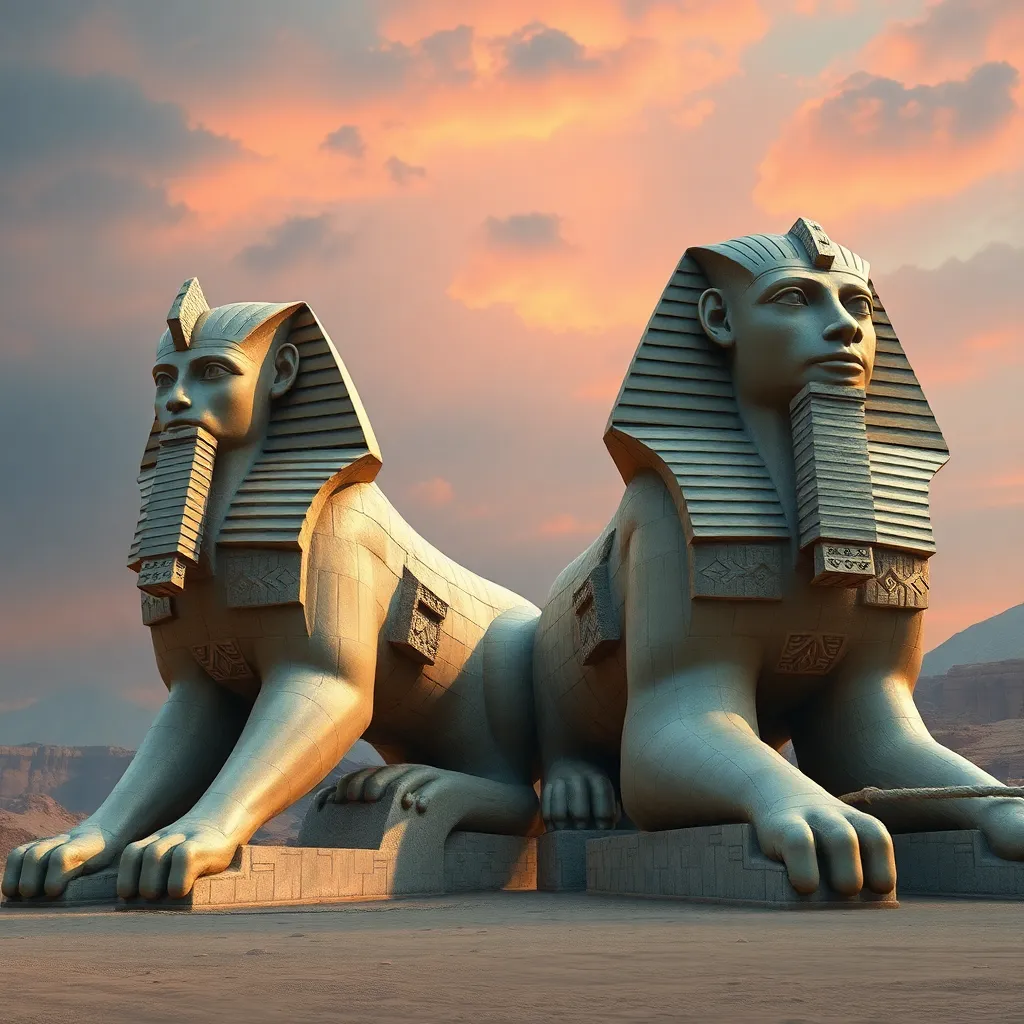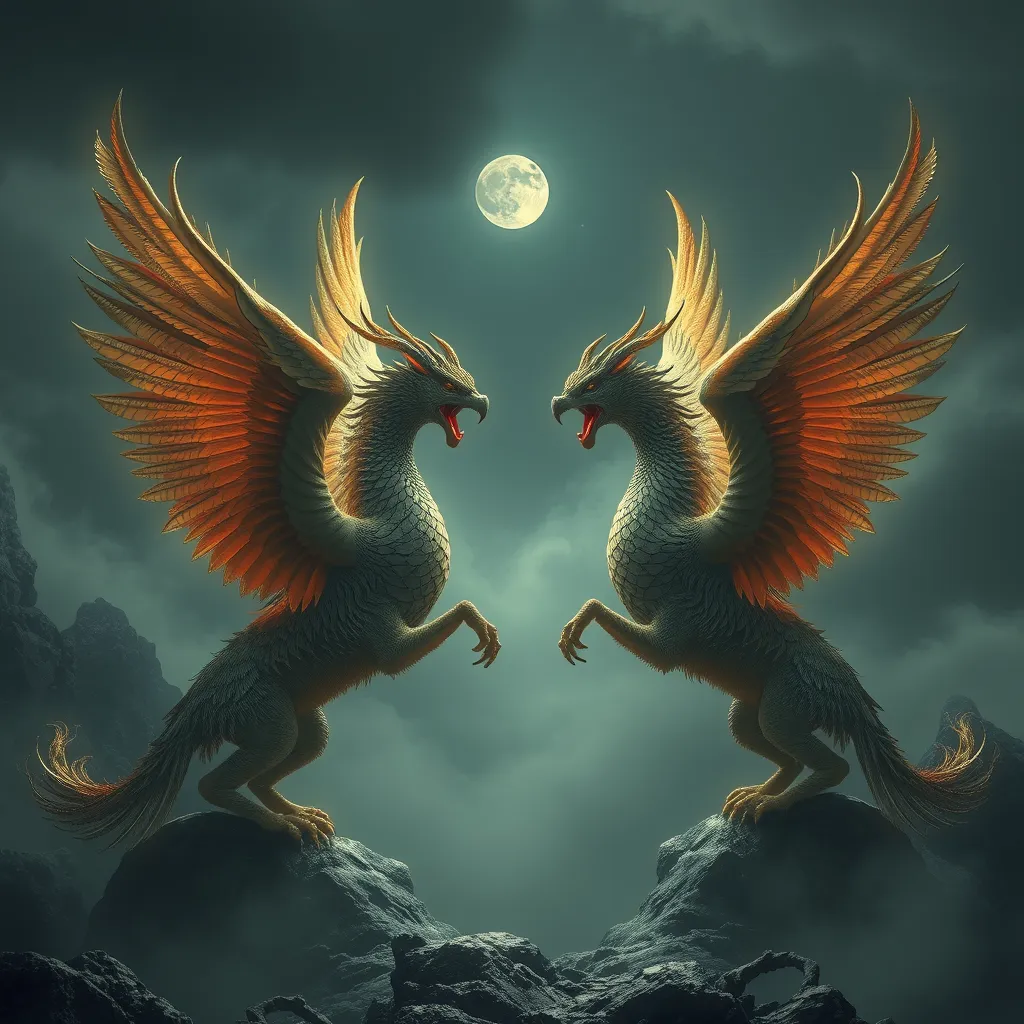Cipactli in Modern Literature: Reimagining the Serpent in Contemporary Works
I. Introduction
Cipactli, a significant figure in Aztec mythology, is often depicted as a primordial serpent or crocodile that embodies the earth and the forces of creation. In the ancient cosmology, Cipactli’s narrative is intertwined with the creation of the world and the dual nature of existence. As a symbol, Cipactli has transcended its mythological origins, becoming a powerful motif in contemporary literature. This article aims to explore the reimagining of Cipactli in modern works, examining its significance as a symbol of cultural identity and ecological awareness.
II. Historical Context of Cipactli
The story of Cipactli begins in the heart of Aztec cosmology, where it is said to represent the earth’s foundation. According to myth, Cipactli was a monstrous creature that existed before the creation of the world, embodying chaos and potential. It played a crucial role in the Aztec creation myths, particularly in the tale of the gods who sacrificed it to create the earth from its body.
In ancient texts, Cipactli is often depicted as a fearsome, all-consuming entity that reflects the dual nature of existence—both nurturing and destructive. Its role in these myths provides insight into the Aztec worldview, where the balance between life and death was essential for harmony.
III. Cipactli as a Symbol of Duality
Cipactli represents a profound duality in Aztec mythology, embodying both creation and destruction. This dual nature is not unique; many mythological serpents, such as Quetzalcoatl, also reflect similar themes. While Quetzalcoatl is often associated with life, wisdom, and the winds, Cipactli serves as a reminder of the raw, untamed forces of nature that can both sustain and obliterate life.
Modern interpretations of Cipactli often embrace this duality, exploring themes of conflict, identity, and the interplay between humanity and nature. Authors may draw parallels between Cipactli’s chaotic existence and contemporary issues such as environmental degradation and cultural dislocation.
IV. Cipactli in Contemporary Literature
Several contemporary works feature Cipactli or draw inspiration from its myth. These stories often weave together themes of identity, culture, and mythology, reflecting the complexities of modern life.
- Cipactli’s Wrath by Ana Castillo: This novel reinterprets Cipactli as a guardian of the earth, wrestling with the forces of modernity that seek to exploit natural resources.
- The Serpent’s Embrace by Silko Leslie Marmon: Here, Cipactli symbolizes the interconnectedness of all living beings, challenging characters to confront their relationship with nature.
- Echoes of Cipactli by Luis Alberto Urrea: This work juxtaposes ancient myth with contemporary struggles, exploring the relevance of Cipactli in a world facing ecological crisis.
These authors utilize Cipactli to explore complex themes, drawing connections between ancient narratives and modern dilemmas. The serpent serves not only as a symbol but also as a character that embodies the challenges faced by contemporary society.
V. Cultural Appropriation vs. Cultural Appreciation
The reimagining of Cipactli in contemporary literature raises important questions about cultural appropriation versus cultural appreciation. While many authors seek to honor indigenous narratives, others may inadvertently distort or oversimplify these rich traditions.
Examples of cultural appropriation include interpretations that strip Cipactli of its cultural significance, reducing it to a mere trope or exotic symbol. In contrast, works that demonstrate a deep understanding and respect for Aztec mythology can be seen as cultural appreciation.
To navigate this landscape, it is crucial for authors to engage authentically with indigenous narratives, ensuring that the voices and perspectives of those communities are represented in their stories.
VI. The Role of Cipactli in Environmental Narratives
In recent years, Cipactli has emerged as a powerful symbol in environmental literature, representing the intricate relationship between humanity and the natural world. Modern narratives often interpret Cipactli as a guardian of the earth, reflecting concerns about ecological degradation and climate change.
- Cipactli’s Call by Maria Ruiz: This novel presents Cipactli as a spirit of the earth, urging humanity to recognize the consequences of its actions on the environment.
- Guardians of the Green by Reyna Grande: Featuring Cipactli as a central figure, the story emphasizes the need for sustainable practices and respect for nature’s balance.
These modern literary works not only highlight ecological issues but also connect ancient mythology to contemporary environmental challenges, reminding readers of the enduring relevance of Cipactli’s narrative.
VII. Reader Reception and Impact
Modern audiences have responded to the reinterpretation of Cipactli in literature with a mixture of intrigue and critical analysis. Many readers appreciate the depth and complexity that these contemporary portrayals bring to the myth, fostering a greater understanding of Aztec culture and its relevance today.
Contemporary portrayals of Cipactli have also influenced cultural awareness, prompting discussions on indigenous representation in literature and media. As more authors engage with these themes, the impact of such narratives extends beyond the literary world, contributing to broader conversations about identity, respect, and representation.
VIII. Conclusion
In summary, the reimagining of Cipactli in modern literature reflects the ongoing relevance of this ancient mythological figure. Through its exploration of duality, environmental themes, and cultural identity, Cipactli serves as a lens through which contemporary issues can be examined.
As literature continues to evolve, the enduring presence of mythological figures like Cipactli will undoubtedly inspire future generations of writers and readers. The dialogue between past and present remains vital, ensuring that these narratives continue to resonate in cultural discourse.



